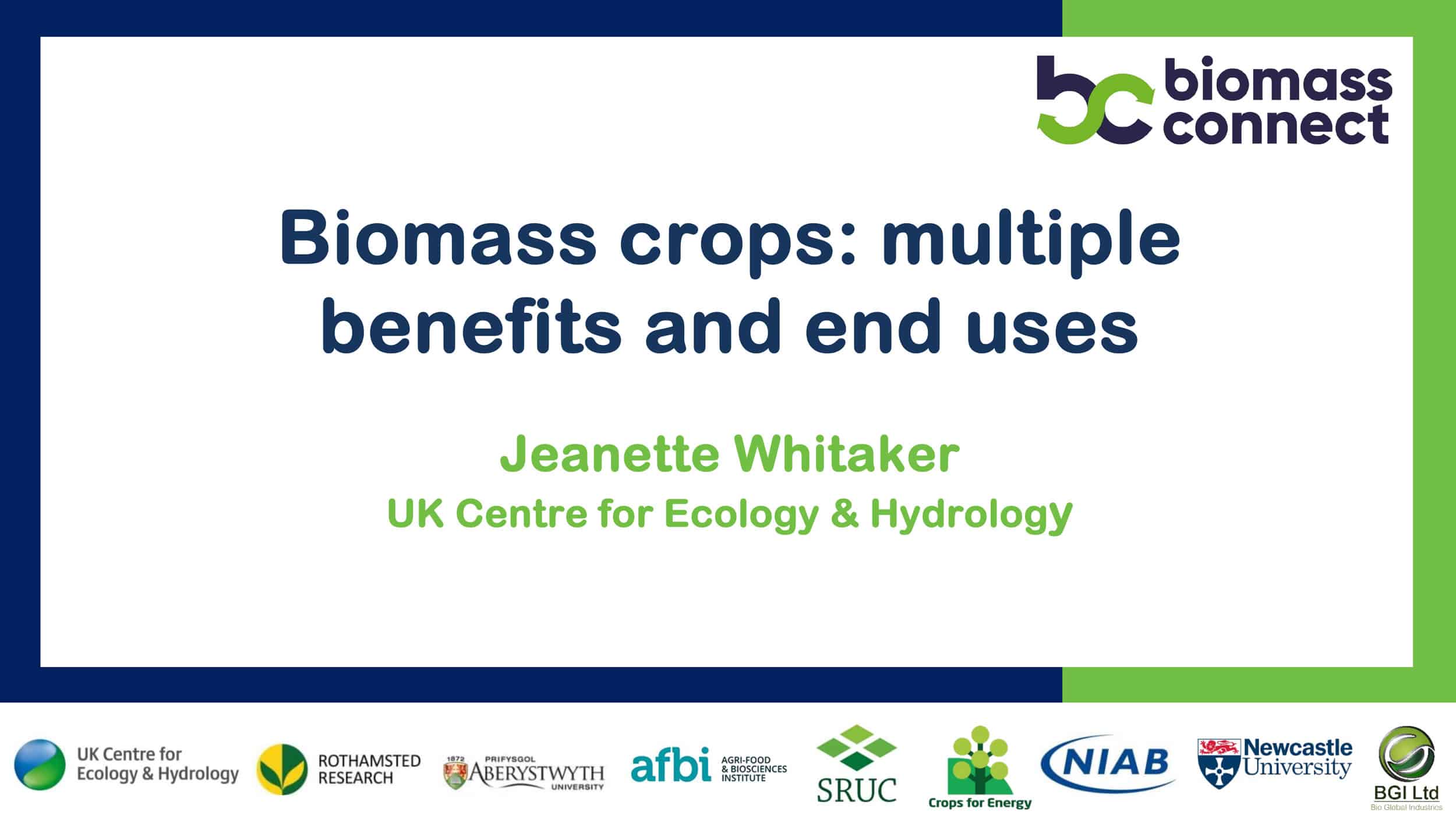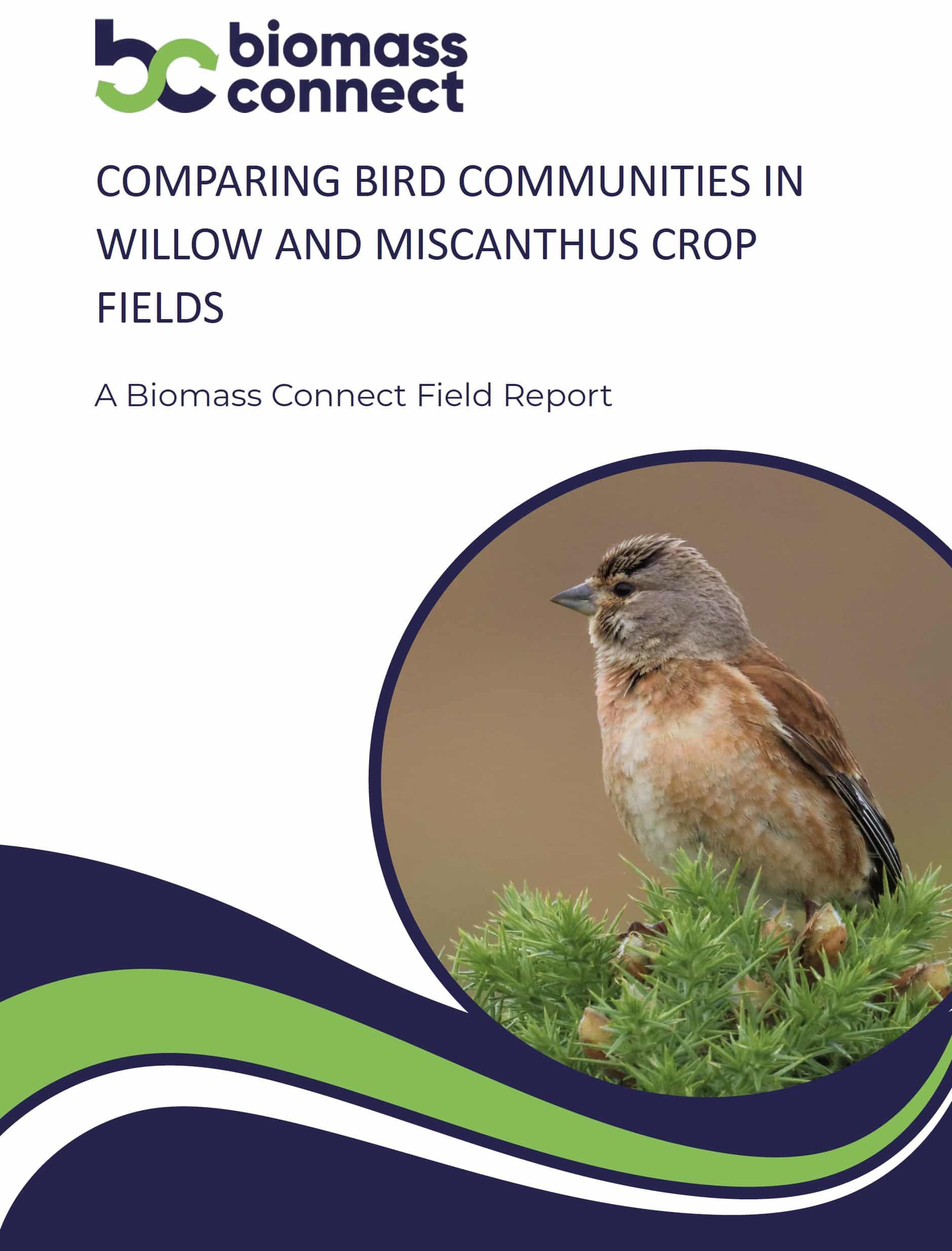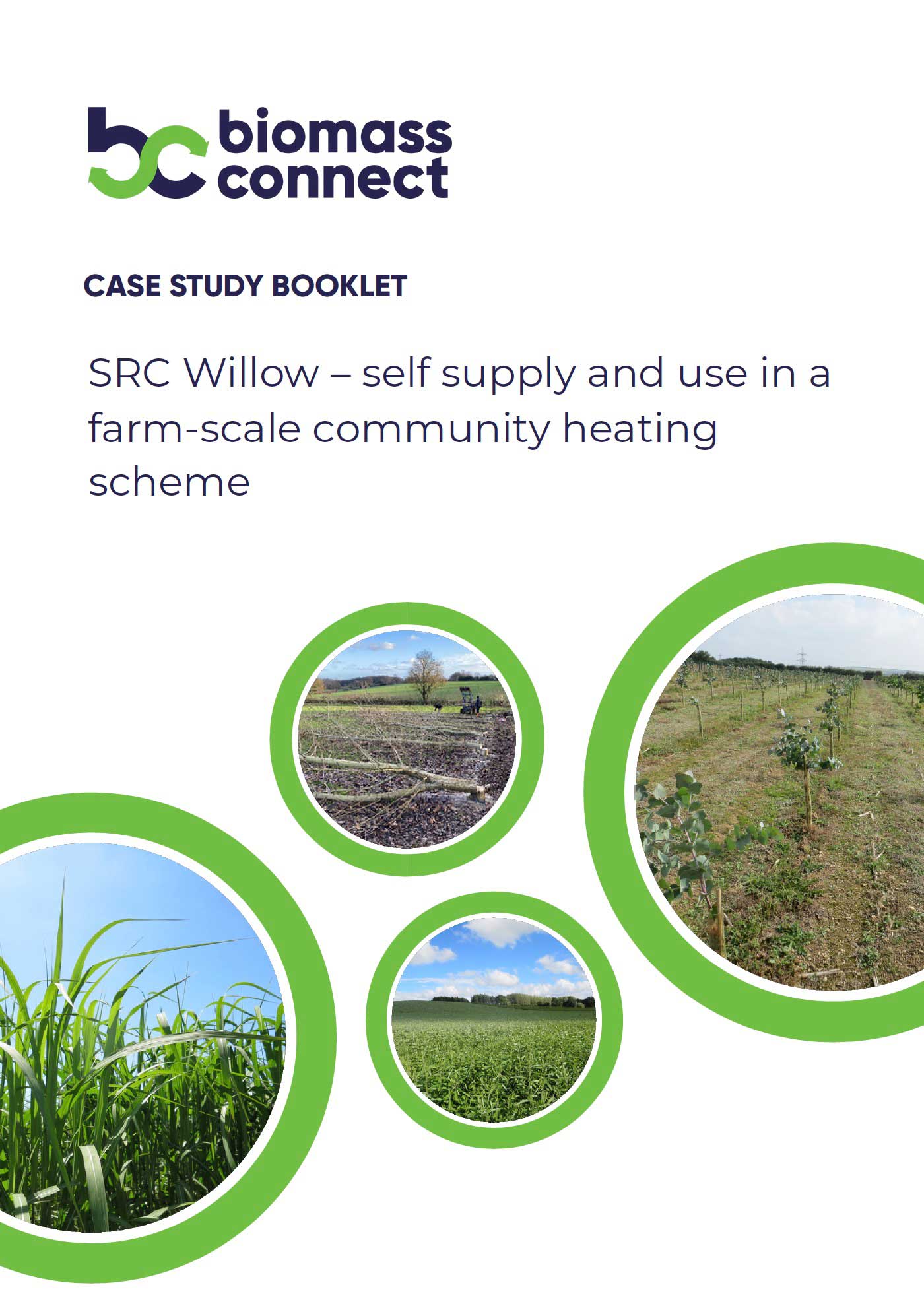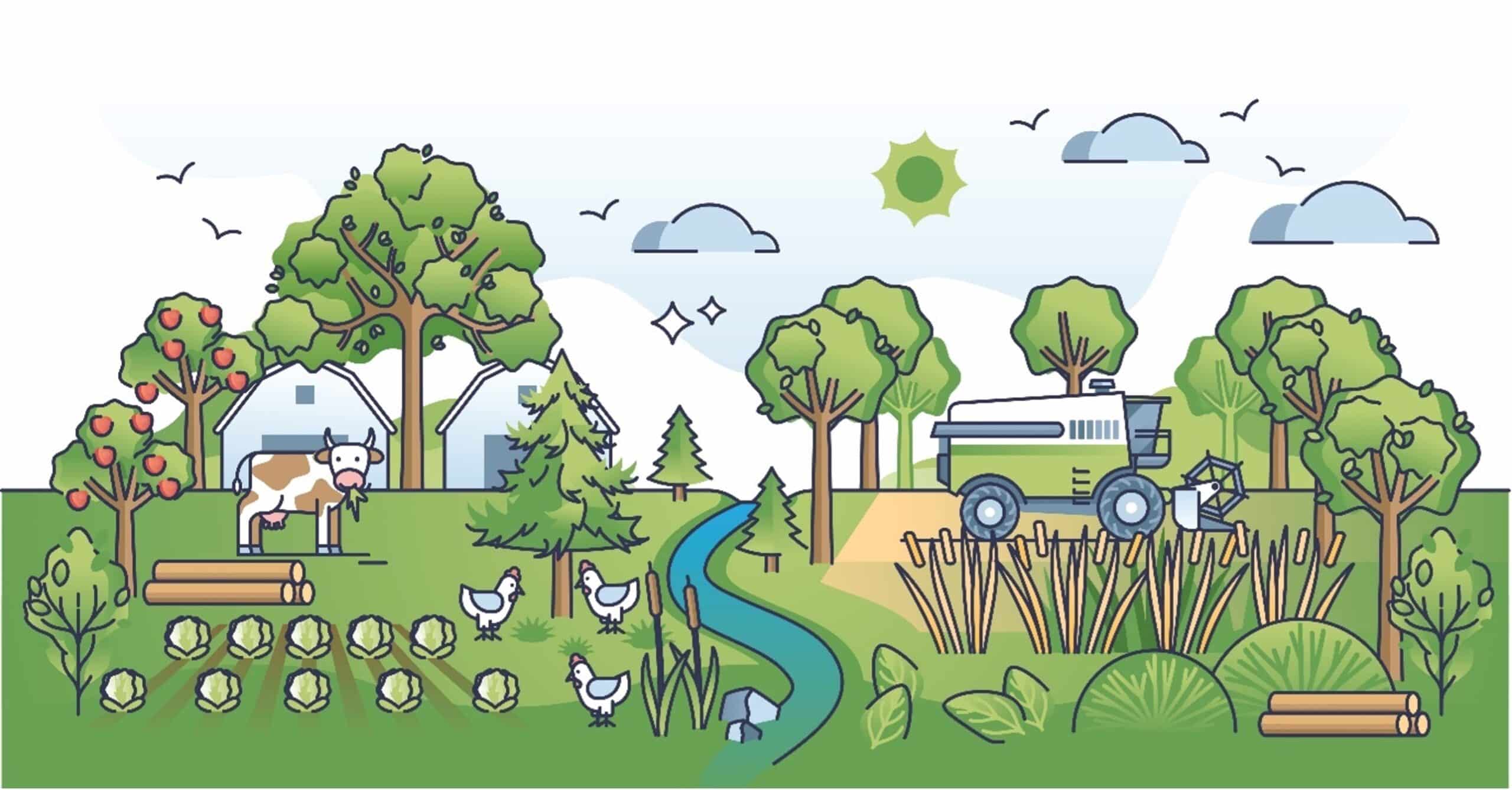Biomass feedstock for fuelling gasification technologies
Take home messages:
- Biomass gasification technologies are thermochemical conversion processes enabling the conversion of biomass feedstocks into fuels, chemicals, electricity, and process heat.
- Various biomass feedstocks are currently used in fuelling gasification technologies including clean wood, energy crops, forestry, and agricultural residues.
- Biomass feedstocks are more suitable feedstock to fuel gasification technologies for achieving significant impact on the transition to net zero emission.
- Gasification technologies should be accompanied by carbon capture storage systems to reduce carbon dioxide emissions.
Introduction
Biomass gasification technologies are thermochemical conversion processes enabling the conversion of biomass into fuels, chemicals, electricity, and process heat. These conversion methods have some benefits over direct combustion by significantly reducing emissions of pollutants into the atmosphere and generating high heat efficiency. Biomass gasification technologies are projected to play an important role in meeting the UK’s net zero emission targets especially when targeted towards use in sectors (heat, industrial, and transport) where options for decarbonisation are difficult or expensive. This article provides an overview of biomass gasification technologies and biomass feedstock suitability for fuelling gasification technologies. The department for energy security and net zero report titled “Advanced gasification technologies: review and benchmarking” provides a comprehensive overview of biomass gasification technologies for generation of energy products.
Biomass gasification technology
Gasification is the thermal conversion of any carbon containing materials at elevated temperatures (650-1200oC) in the presence of gasification agents (air, oxygen, carbon dioxides, or a combination of these). The resulting product is synthesis gas “syngas” which is suitable for producing heat, power generation, industrial applications, and liquid fuels production. Syngas consists primarily of carbon dioxide (CO2), carbon monoxide (CO), hydrogen (H2), methane (CH4), and other contaminants including ash, char, tar, gaseous metals, sulphur compounds, and chlorine traces. The type of feedstock composition, gasification process, and gasification agent determines the main component and contaminants in the syngas. Contaminants in syngas are treated and removed to ensure high-quality syngas for use in fuel and power generation.
Gasification is considered to be the most efficient biomass to fuel conversion method. Biomass gasification aims at producing gas, whiles maximizing hydrogen concentration and minimizing the tar content and other contaminants. Air gasification produces syngas with a higher heating value of up to 7 MJ/nm3 which can be burned in boilers, turbines and in gas engines after treatment. Gasification by use of oxygen produces a syngas with gross calorific value (GCV) of up to 12 MJ/nm3 suitable for producing power or heat or converted into long-chain hydrocarbons. The use of steam in gasification yields higher gross calorific value of 15-20 MJ/nm3. Syngas produced from steam or steam-oxygen gasification is preferred for fuels production due to the high concentration of hydrocarbons.
The biomass gasification process (figure 1) typically consists of key component systems involving feedstock input and preparation, and combustion at high temperatures in gasification reactors to produce syngas. The syngas produced is cleaned to remove tar and other contaminants to produce syngas of acceptable quality for use in syngas upgrading systems. These systems involve water-gas shift reactors which adjust the hydrogen to carbon ratio to produce low carbon hydrogen and hydrocarbon products.

Figure 1: Biomass gasification process (Adapted from DESNZ report – Task 2, 2021)
Decarbonisation potential of biomass gasification technology
Carbon dioxide is produced during the process of conversion of biomass feedstock using gasification technology to biofuels and other products. Carbon dioxide is produced during the stages of gasification, syngas cleaning, syngas reforming and product upgrading (figure 1). As such, gasification technology should be accompanied by carbon capture storage systems to reduce carbon dioxide emissions. To decarbonise, the gasification production process will require integrating carbon capture storage system for cost effective carbon dioxide reduction. Also, by using renewable sources or carbon in the biomass feedstock to generate power to operate the processing systems. Carbon capture storage integrated gasification combined cycle have the advantages of reducing anthropogenic emissions as compared to combustion in boilers, reduces energy losses during separation and capture of carbon dioxide from syngas, and production of valuable by-products such as sulphur, nitrogen, and carbon dioxide. However, the integration of carbon capture technology in the gasification process involves considerable investment.
Biomass feedstock for fuelling gasification technologies
Various biomass feedstocks are currently used in fuelling gasification technologies including clean wood, energy crops, forestry, and agricultural residues. Bioenergy crops such as short rotation forestry, short rotation coppice, and perennial grasses, are carbon neutral and produce high amounts of biomass which is regularly harvested over a short period and therefore can provide a reliable supply of feedstock for fuelling AGTs. Bioenergy crops have low ash content but can contain high amounts of contaminants such as chlorine, sodium and potassium depending on the feedstock. The syngas produced needs cleaning to reduce the contaminants to improve the quality of the product. Energy crops as feedstock for fuelling gasification plants are however relatively expensive but can be available in large quantities if growers have confidence in price and demand from the market.
Clean wood can be sourced in large quantities in the form of wood pellets, chips, and logs, and is easily burnt generating good energy from combustion. Wood is however an expensive feedstock. High quality wood should be sourced for fuelling gasification technologies for high efficiency in production. Wood has the advantage of low ash content which reduces the amount of residual deposit during processing, thus reducing the cost of ash disposal.
Waste wood or recycled wood is cheaper than clean wood and can be sourced from municipal waste, and household waste recycling centres and construction and demolition waste. Waste wood can contain increased amounts of contaminants such as heavy metals, nitrogen, and chlorine, which increases technical risks of slagging, corrosion and fouling during processing. Boilers should be designed to match the waste wood quality for efficient operation.
Agricultural residues mainly used for energy production include straw, poultry litter, meat, and bone meal. Agricultural residues may contain high amounts of contaminants such as chlorine, sodium and potassium which contain variable amounts of ash. Moisture content can be high depending on the quality of the material. Straw contains significant amounts of chlorine, sodium, and potassium. Poultry litter for instance can be very wet containing high amounts of urine.
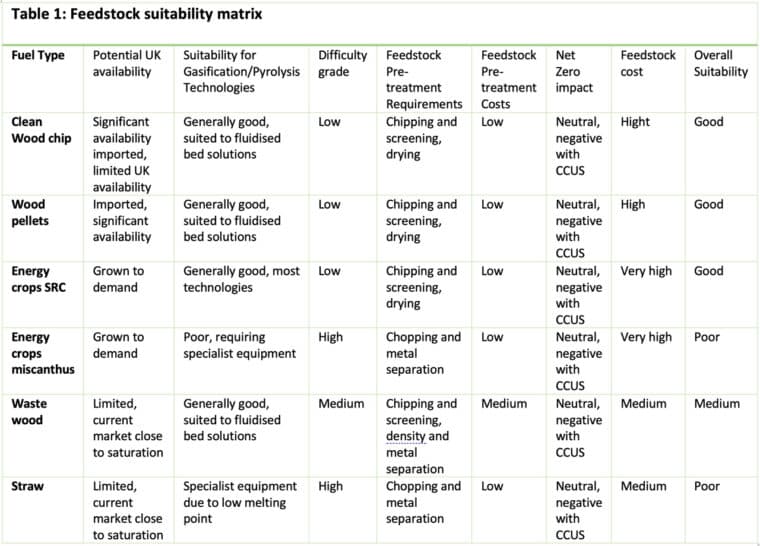
Table 1: Biomass feedstock suitability for gasification. Source: DESNZ report – Task 2 (2021)
Feedstock properties to consider for efficiency of the gasification process
When choosing the type of biomass feedstock, certain conditions need to be met to maximize the efficiency of the gasification process. Table 2 presents some feedstock properties to consider for design purpose.
Moisture content affects the quality of the fuel as more energy is required to evaporate the moisture in the feedstock. As a first step in the gasification process, the moisture content should be reduced to acceptable levels. The moisture content affects the hydrogen level in the producer gas which enhances gasification. Another component of the feedstock to consider is the heating value. This is the maximum amount of energy potentially derived from the feedstock. The higher the heating value, the more rapid the gasification.
A low ash content is favourable for gasification. Ash content can form slag, reducing efficient operation and increasing operational cost and the total cost of biomass feedstock conversion. Also, consider the cellulose to lignin ratio. Preferably, select feedstock with higher content of cellulose and lower content of lignin. Cellulose decomposes at a lower temperature than lignin does. Biomass with higher cellulose content produces higher quality syngas product which makes energy crops suitable feedstock.
Furthermore, consider the proportion of bound carbon and volatiles. High content of volatile and carbon combined with a low content of oxygen is suitable. Lower content of alkali metals (such as (Na, K, Mg, P, and Ca) is recommended to avoid formation of slag.
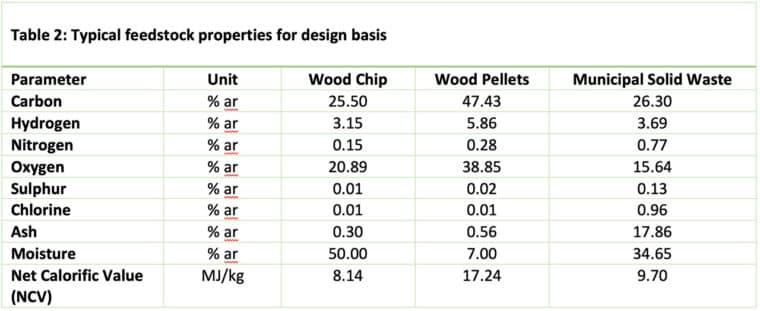
Table 2: Typical feedstock properties for design basis. Source: DESNZ report – Task 2 (2021)
Gasification technology Plants
Most gasification projects have aimed to produce electricity, and to a limited extent produce fuels and chemical products using mainly feedstock from biomass, refused derived fuel, plastic waste, municipal solid waste, and solid recovered fuel (Table 3). Gasification technology using biomass as feedstock are at various stages of development or early stages of deployment. Biomass gasification technologies have the potential to produce large volumes of fuel and electricity.
| Table 3: Gasification Technology Plants | ||
| Plant Name | Feedstock | Product |
| Sumitomo Foster Wheeler | Biomass | Renewable diesel |
| Gothenburg Biomass Gasification project (GoBiGas) | Biomass | Biomethane |
| Kew technology Limited | Biomass or waste | Electricity and Hydrogen |
| Advanced Biofuel Solutions Limited | Refuse derived fuels | Synthetic natural gas |
| Powerhouse Energy Group | Refuse derived fuels, Solid recovered fuel, and plastics | Electricity and Hydrogen |
| ThermoChem Recovery International Incorporated | Refuse derived fuels | Syngas for aviation fuel and diesel |
| Enerkem Incorporated | Refuse derived fuels | Methanol and Ethanol |
Source: DESNZ report – Task 2 (2021)
The future role of gasification technologies using biomass in the UK’s energy system should consider sustainable supply of biomass feedstock. Also, the integration of carbon capture technology would give gasification technologies the potential to operate with a net negative release of carbon dioxide which is an added value over existing combustion technologies.
Further information:
Department for Business, Energy and Industrial Strategy (2021). Advanced gasification technologies: review and benchmarking. BEIS Research Paper Number 2021/038
